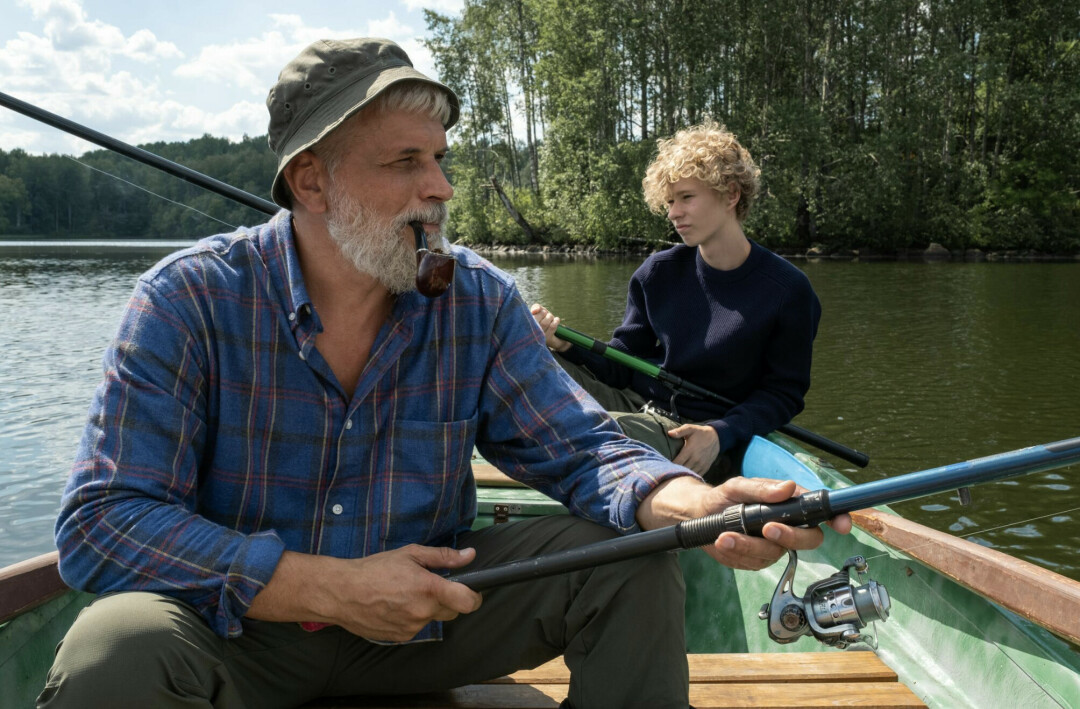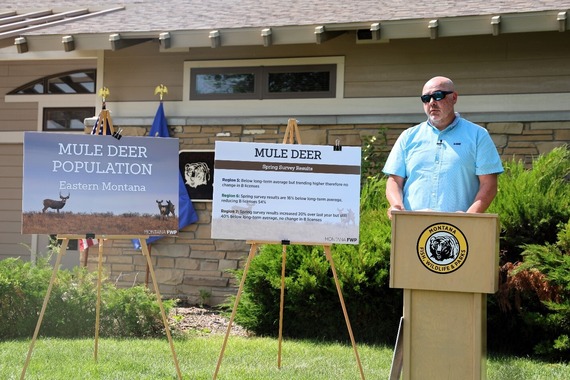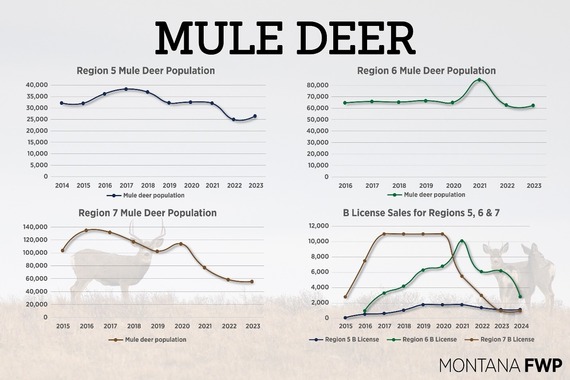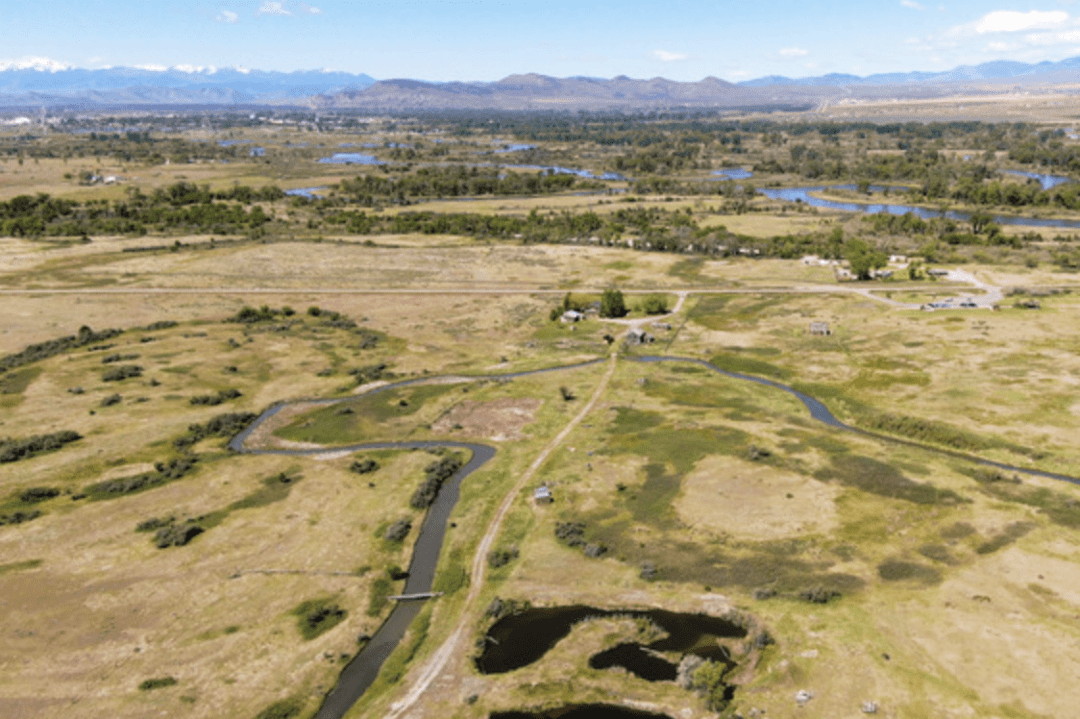
Family boating excursions offer the perfect opportunity to enjoy the great outdoors, bond with loved ones, and create lasting memories on the water. Whether you're cruising along the coast, exploring hidden coves, or anchoring at your favorite fishing spot, there's no shortage of outdoor activities to enjoy during your boating adventures. In this guide, I'll share some exciting outdoor activities to enhance your family boating experience and make the most of your time spent in the sun and surf.
Swimming and Snorkeling
Swimming and snorkeling are classic outdoor activities that the whole family can enjoy during your boating excursions. Find a secluded cove or sandy beach to anchor your boat, and take a refreshing dip in the crystal-clear waters. Bring along snorkeling gear to explore vibrant underwater ecosystems, observe marine life, and discover hidden treasures beneath the surface. Remember to supervise children and inexperienced swimmers at all times, and choose safe swimming areas away from boat traffic and strong currents.
Fishing Adventures
Fishing is a timeless pastime that adds excitement and adventure to any family boating trip. Pack your fishing gear and bait, and head to your favorite fishing spot to cast your lines and reel in the catch of the day. Whether you're trolling for game fish offshore or dropping anchor in a quiet inlet, fishing offers endless opportunities for family bonding and friendly competition. Teach children basic fishing techniques and safety practices, and encourage them to appreciate the beauty and tranquility of nature while waiting for the big bite.
Beachcombing and Shell Collecting
Exploring pristine beaches and collecting seashells is a fun and educational activity for families of all ages. Anchor your boat near a sandy shoreline or deserted island, and set out on a beachcombing adventure to search for shells, sand dollars, and other treasures washed ashore. Encourage children to use their imagination and creativity to identify different types of shells and marine artifacts, and challenge them to find the most unique specimens to add to their collection. Remember to leave only footprints and take only memories, respecting the natural environment and preserving its beauty for future generations to enjoy.
Picnicking and Beach Barbecues
Enjoying a picnic or beach barbecue is a delightful way to refuel and relax during your family boating excursions. Pack a cooler with your favorite snacks, sandwiches, and beverages, and anchor your boat in a scenic spot with a picnic table or sandy beach. Set up a beach blanket or portable grill, and enjoy a leisurely meal together while soaking up the sun and savoring the fresh sea breeze. Bring along games and toys for children to play with, and take turns exploring the shoreline or swimming in the nearby waters between bites.
Wildlife Watching and Birdwatching
Boating offers unparalleled opportunities for wildlife watching and birdwatching in their natural habitats. Keep an eye out for dolphins, manatees, sea turtles, and other marine mammals as you cruise along the coastline or through mangrove channels. Bring along binoculars and a field guide to identify different species of birds, and challenge your family members to spot the most species during your boating trip. Take photos and keep a wildlife journal to document your sightings and learn more about the diverse ecosystems that thrive along the waterways.
Kayaking and Paddleboarding
Exploring coastal waterways by kayak or paddleboard is a fantastic way to get up close and personal with nature and experience the beauty of your surroundings from a different perspective. Bring along inflatable kayaks or paddleboards that are easy to transport and launch from your boat, and set out on a paddling adventure along scenic shorelines, mangrove tunnels, or tranquil estuaries. Encourage children to paddle alongside you and explore hidden coves and waterways, spotting wildlife and discovering secret hideaways along the journey.
Water Sports and Tubing
For families seeking a thrill-seeking adventure, water sports and tubing offer adrenaline-pumping excitement and exhilarating fun on the water. Attach a tow rope to the back of your boat and tow inflatable tubes, wakeboards, or water skis for an action-packed ride across the waves. Encourage children and adults alike to take turns riding the waves and experiencing the thrill of speed and agility on the water. Practice safety precautions such as wearing life jackets and using hand signals to communicate with the boat driver, and always supervise children closely during water sports activities.
Nature Hikes and Explorations
Exploring nearby islands, nature reserves, or coastal trails on foot is a fantastic way to stretch your legs and immerse yourself in the natural beauty of your surroundings. Anchor your boat near a designated hiking trail or scenic overlook, and set out on a family nature hike to discover hidden gems and breathtaking vistas along the way. Pack plenty of water, snacks, and sunscreen, and wear sturdy footwear suitable for hiking over varied terrain. Keep an eye out for wildlife and native flora as you explore, and take time to appreciate the sights, sounds, and scents of the natural world around you.
Beach Games and Activities
Organizing beach games and activities is a surefire way to keep everyone entertained and engaged during your family boating excursions. Bring along beach balls, frisbees, and sandcastle-building tools for classic beach fun, or challenge each other to a friendly game of beach volleyball or soccer. Organize a treasure hunt or scavenger hunt along the shoreline, hiding small trinkets or tokens for children to discover and collect. Get creative with your beach games and activities, and encourage everyone to participate and enjoy the playful spirit of the outdoors.
Outdoor Gear and Accessories
Ready to elevate your family boating experience with exciting outdoor activities and adventures? Shop now for a wide selection of outdoor gear, accessories, and equipment to enhance your next boating excursion. From fishing gear to water sports equipment to beach games and more, Boat Outfitters has everything you need to make the most of your time spent in the sun and surf. Click here to explore our collection and start planning your family's next outdoor adventure today.








News Comments
Thank you
Open Auditions for Annie
Monday, Sep. 16, 2024
I’m at the Bozeman airport where your painting, “Blowing East” is displayed. It’s absolutely gorgeous! Bravo, Marci!!
The Artists’ Gallery in Bozeman’s Emerson Cultural Center May Exhibits
Sunday, Jun. 30, 2024
This is so typical of a sign in, which we should not have to do to check if we or some one in our party got a permit. I have been working or "creating an account" for 30 minutes and just get the same ...
Smith River permit drawing results available
Sunday, Mar. 10, 2024
I have struggled with this podcast and my own participation therein, the event itself obviously traumatic, but beyond that my inability to reach anyone and convey anything resembling truth. The person ...
Billings, MT Case Becomes True Crime Podcast | 'An Absurd Result'
Marktokarski
Saturday, Jan. 20, 2024